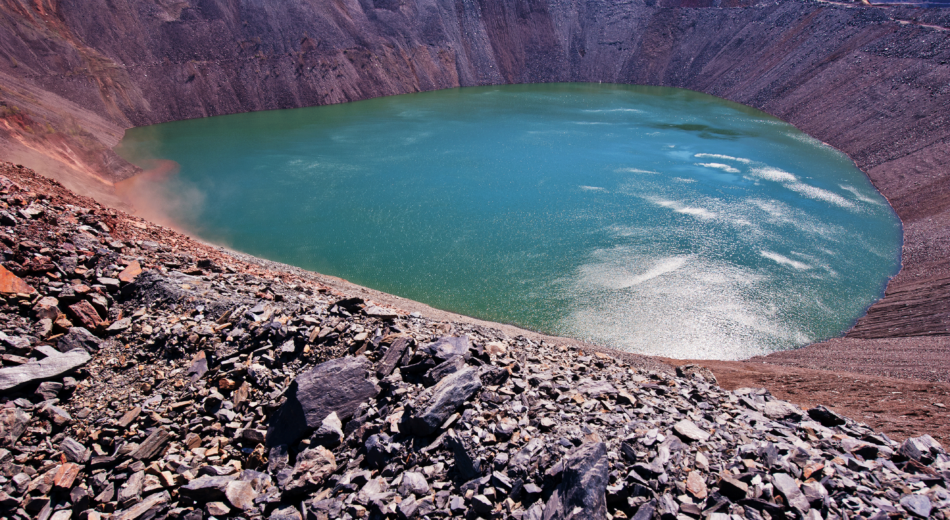
Luinstra, SRK Australia’s Perth-based principal consultant (hydrogeology), says it is therefore practical to include a hydrogeological assessment as early as possible in the exploration phase. Ideally, prior to the scoping study, he says.
“As a mining hydrogeologist, I’ve seen projects go under as a result of having too much or too little water, or water which is contaminated,” he says. “In my experience, water often doesn’t seem to be front of mind in the early stages of Australian mining projects.”
Luinstra says it is common to wait until the bankable phase of the project to investigate the project’s water supply. But that is too late.
“When millions of dollars are on the line, complacency about groundwater can put the profitability of the entire project at risk. Too often, the task begins well into the mining project development cycle and valuable groundwater data that could easily be collected during exploration is overlooked,” Luinstra says.
The information gathered, properly interpreted by a professional, can also be invaluable for assessing risks and acquiring the level of detail of the required groundwater investigations for project development.
“In early-stage project development, there is opportunity for time and cost effective hydrogeological data collection by using the same holes used for resource delineation,” Luinstra says. “The additional cost to record hydrogeological information during drilling, convert holes into monitoring bores and conduct preliminary hydraulic testing is minor, relative to the overall cost of an exploration campaign.”
Understanding the groundwater system is essential to the success of any mining project.
Dewatering is often required for open-cut and underground operations, and groundwater is a critical water supply source for processing operations. Managing the impacts of seepage from waste rock landforms and tailing facilities on aquifers is often a critical component of environmental assessment to meet mining regulations.
“All these factors can have profound impacts on project economics and in rare cases have resulted in some operations becoming perilously close to failure.”
Traditionally, mine operators have viewed dewatering, sourcing sustainable water supplies and ensuring minimal environmental impacts on nearby water sources from run-off as manageable risks. However, these risks have been heightened with increased production rates and the push to mine deeper and farther below the water table.
These factors have increased the groundwater-related risk profile, says Luinstra.
“Even though the risk profile has been elevated, the work required to address these risks is not always completed until far too late – and in some cases not all – in the project development cycle,” he says.
In his 20 years working in hydrogeology field, Luinstra has seen first-hand many projects fail, or nearly fail, due to unexpected water supply complications. These could have been overcome and planned for if early investigations had been implemented in the project planning cycle, he believes.
“One project that I have been involved in was at an advanced stage before the operators realised they needed to build a 10km pipeline to tap the nearest water source,” Luinstra says. “Very few companies accurately estimate their water costs before the development phase.”
Mining operators need to understand that water complications, and a lack of understanding of quality and quantity, as well as water costs and consumption, can have significant economic impacts on a project.
“Ultimately, the cost of acquiring this information later in the project will be much higher and cost valuable time, so it pays to start early,” he says.

